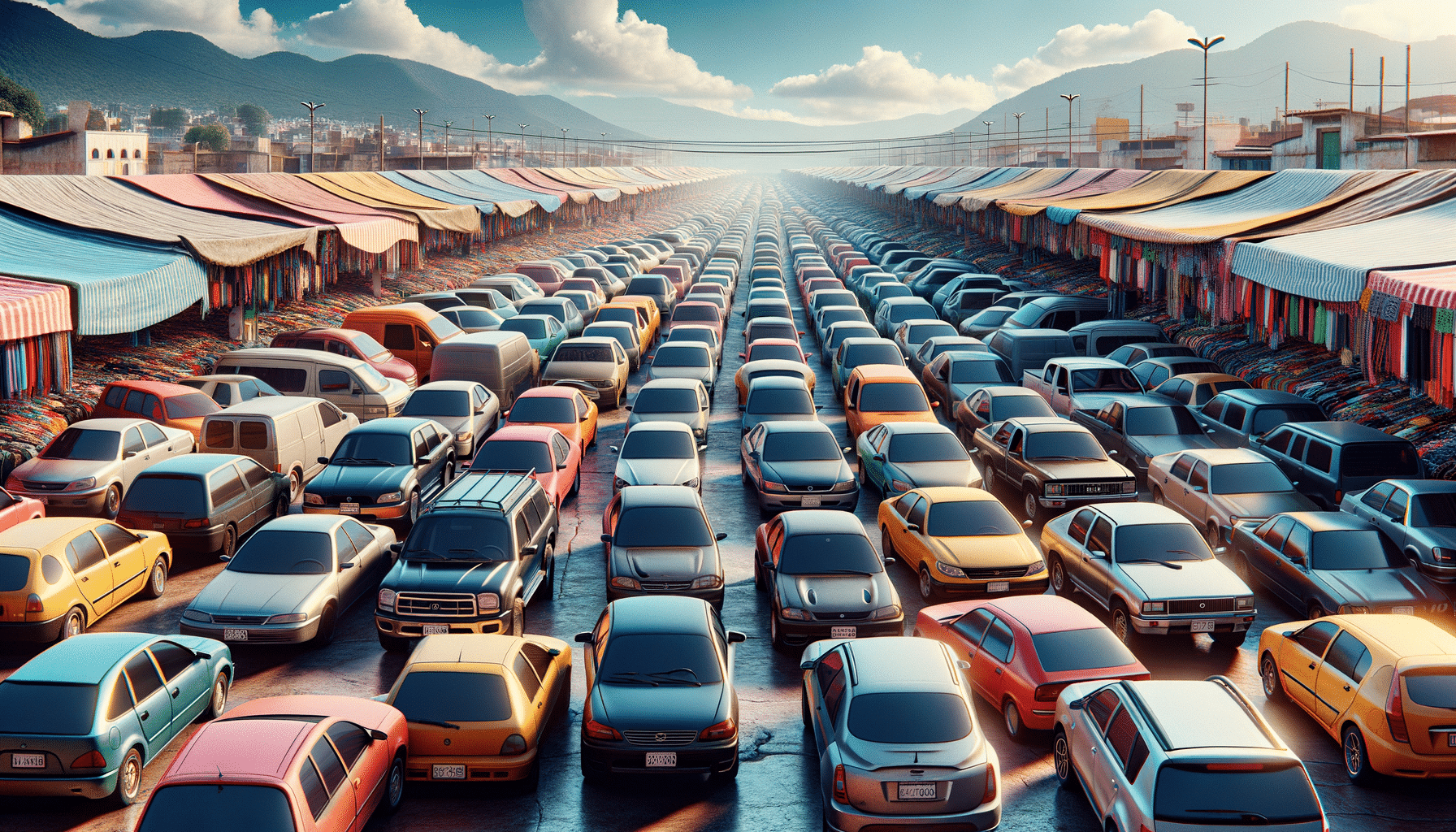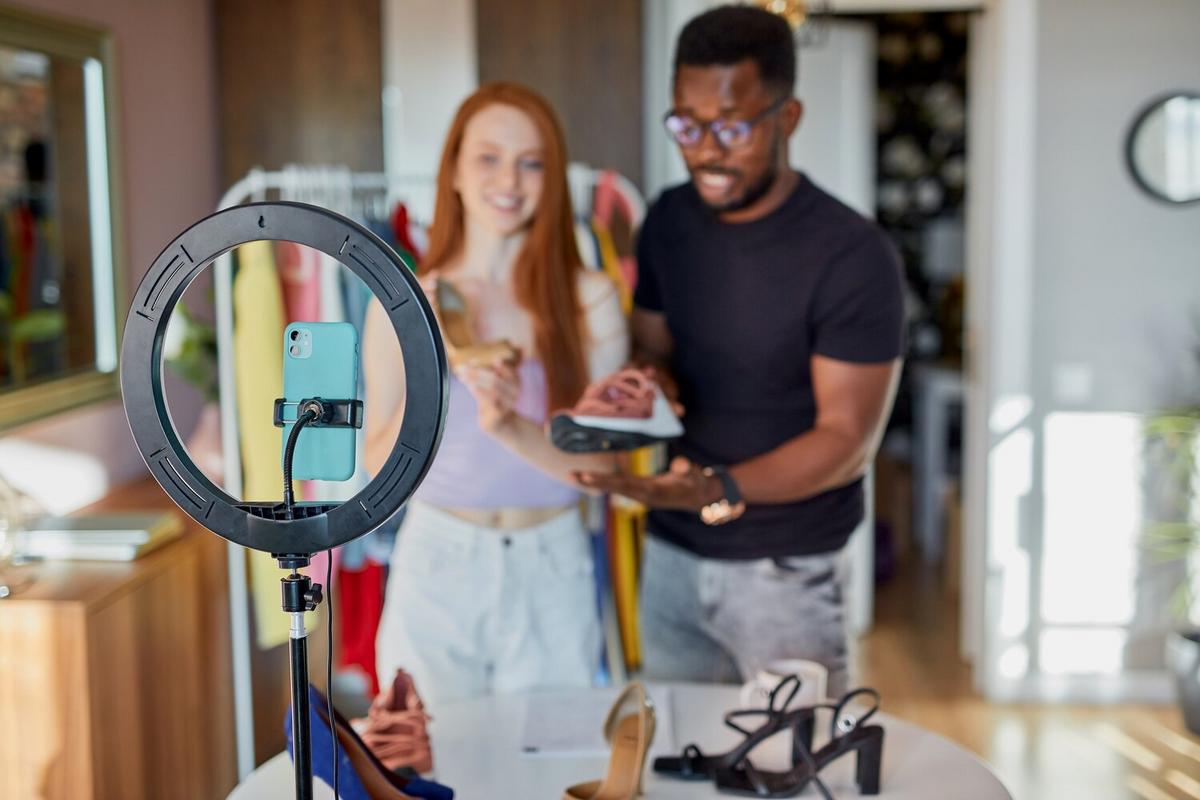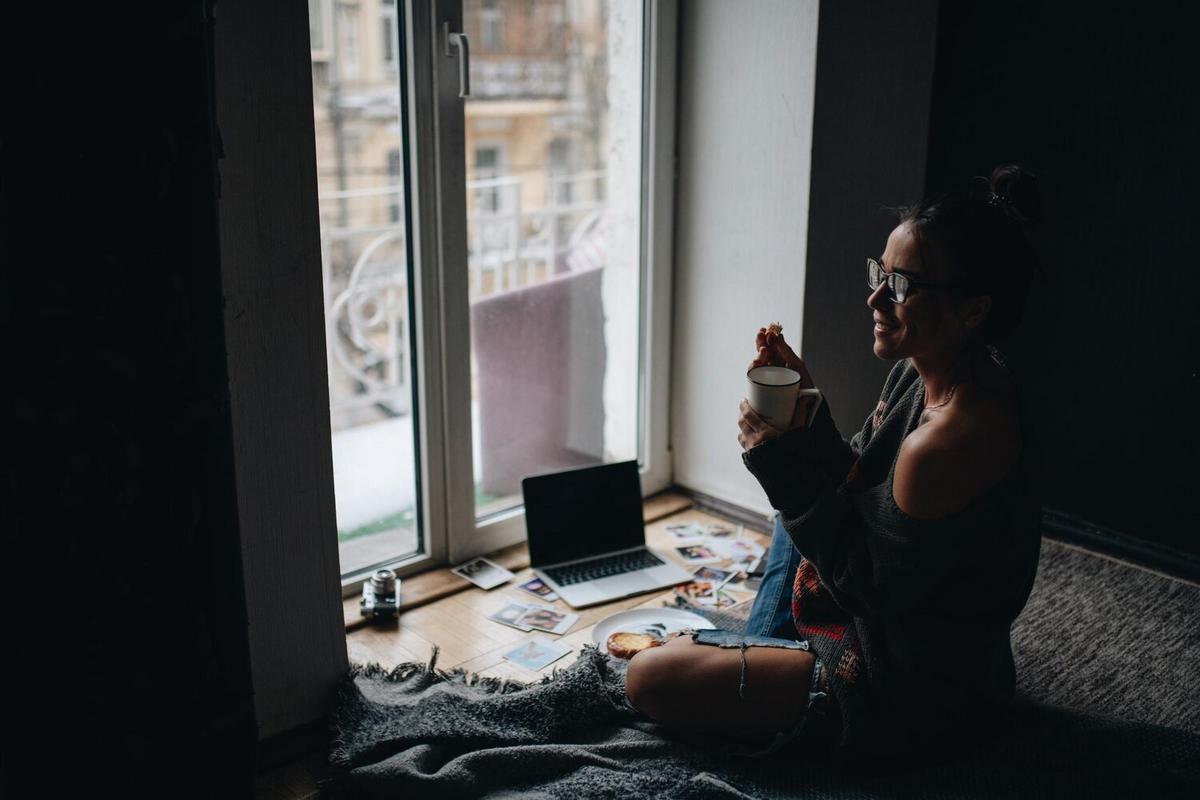
Shooting Videos in Low Light: Techniques for Clear and Crisp Footage
Capturing high-quality videos in low-light conditions can be a daunting challenge for videographers, yet mastering this skill can significantly elevate your footage’s visual appeal.
Understanding the Challenges of Low Light Videography
Shooting videos in low light often results in footage that’s grainy or blurred. The primary culprits are the camera’s sensors struggling to capture enough light, leading to increased noise and reduced clarity.
Expert Insights
According to renowned filmmaker Christopher Doyle, “The secret to shooting in low light is not just about the equipment but understanding how light interacts with your scene.” His words highlight the importance of technique over mere reliance on gear.
Statistics on Low Light Performance
Recent studies indicate that cameras with larger sensors and lower f-stop lenses perform significantly better in low-light conditions, reducing noise by up to 50% compared to standard models.
Personal Anecdote
While filming a documentary in the dimly lit streets of a bustling city, I discovered that using a reflector to harness ambient light transformed my footage, adding depth and clarity.
Actionable Tips for Shooting in Low Light
- Use fast lenses with wide apertures to allow more light into the camera.
- Increase your ISO settings carefully to brighten the image but be wary of introducing noise.
- Consider using external light sources like LED panels to enhance lighting conditions.
- Utilize a tripod or stabilizer to avoid camera shake, which is more noticeable in low light.
- Experiment with different white balance settings to achieve natural colors.
Pro Tip:
Use manual focus to avoid the camera’s autofocus struggling in low-light situations, which can lead to soft or out-of-focus shots.
Comparison Table: Low Light Camera Features
| Feature | Benefit |
|---|---|
| Large Sensor | Better light gathering |
| Fast Lens | Allows more light |
| High ISO Range | Improves brightness |
| Image Stabilization | Reduces shake |
| Manual Focus | Ensures sharpness |
| External Lighting | Enhances illumination |
| White Balance Control | Maintains natural colors |
| Reflectors | Amplifies ambient light |
Common Questions About Low Light Videography
How do I reduce noise in low-light videos?
Use a camera with a larger sensor, lower your ISO settings, and apply noise reduction in post-production.
Is it better to shoot in RAW or JPEG in low light?
Shooting in RAW retains more information, which is beneficial for editing and noise reduction.
Conclusion
Navigating the complexities of low-light videography requires a blend of technique and the right equipment. With the tips and insights shared in this article, you’re equipped to capture clear and crisp footage even in challenging lighting conditions. Practice these strategies to enhance your videography skills and produce stunning visuals that stand out.


